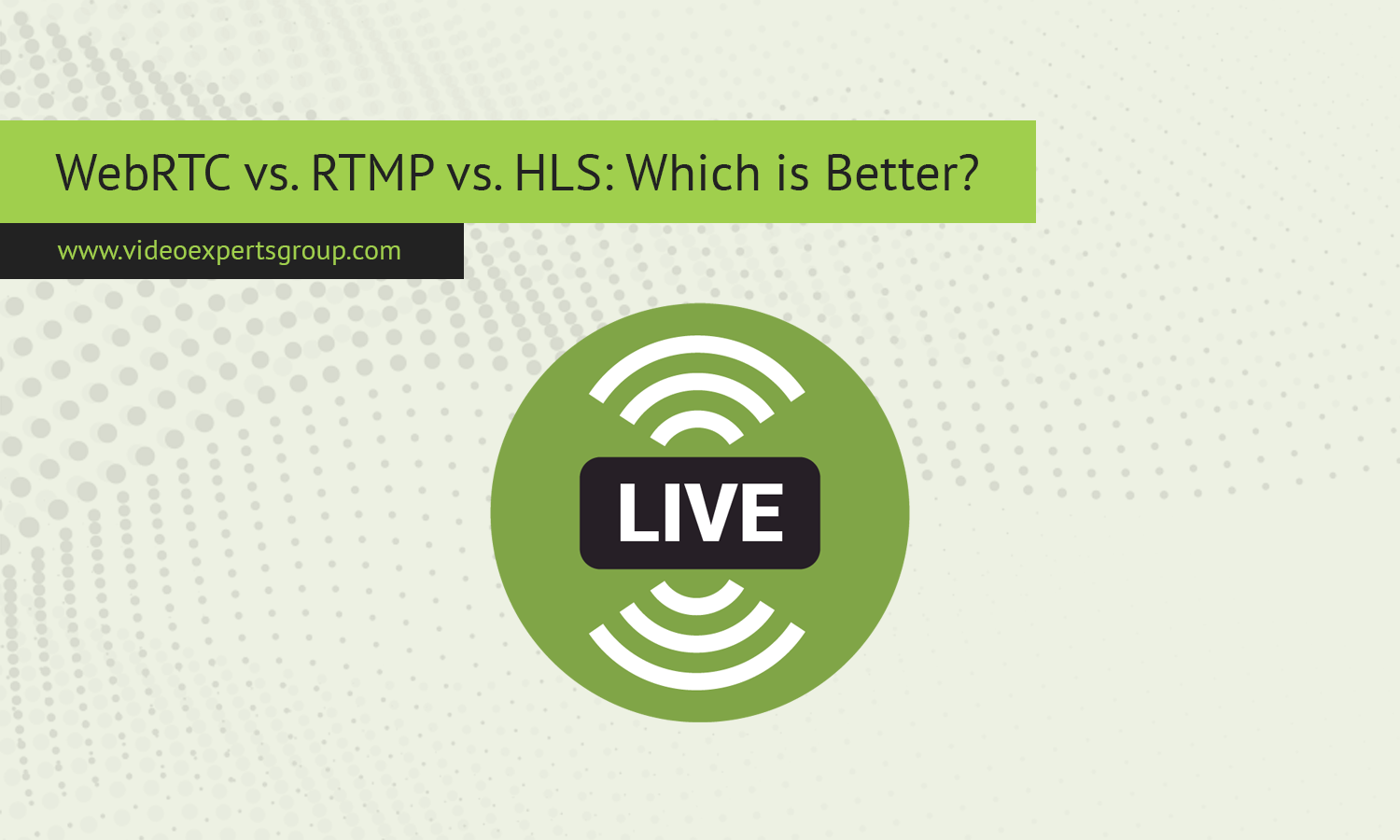When it comes to streaming video over the internet, there are several protocols to choose from. Three of the most common ones are WebRTC, RTMP, and HLS. Each protocol has its own strengths and weaknesses, making it suitable for different applications. This article compares WebRTC, RTMP, and HLS to help you understand which might be better for your needs.
WebRTC
WebRTC (Web Real-Time Communication) is a protocol designed for real-time communication directly between web browsers and mobile applications. It is ideal for applications that require low latency, such as video conferencing, live streaming, and online gaming.
Pros:
- Extremely low latency, often under one second.
- Direct peer-to-peer connection, reducing the need for servers.
- Built into most modern web browsers, requiring no additional plugins.
Cons:
- More complex to implement and scale compared to other protocols.
- Not ideal for large-scale broadcasting to many viewers simultaneously.
RTMP
RTMP (Real-Time Messaging Protocol) was originally developed by Macromedia (now owned by Adobe) for streaming audio, video, and data over the internet. It is commonly used for live streaming to platforms like YouTube and Twitch.
Pros:
- Low latency, typically a few seconds.
- Well-supported by many streaming platforms and software.
- Reliable and widely used for live broadcasts.
Cons:
- Requires a dedicated server to handle streams.
- Flash-based, which is becoming less supported in modern browsers.
- Not as efficient for adaptive bitrate streaming.
HLS
HLS (HTTP Live Streaming) was developed by Apple and is widely used for delivering content over the internet. It works by breaking the video stream into small segments and delivering them over HTTP.
Pros:
- Highly compatible with most devices and browsers.
- Supports adaptive bitrate streaming, providing a better user experience across varying network conditions.
- Scalable and reliable for large audiences.
Cons:
- Higher latency, often 10-30 seconds.
- Not suitable for real-time applications where low latency is crucial.
Which is Better?
The best protocol depends on your specific needs:
- WebRTC is the best choice for real-time applications that require minimal delay, such as video calls and live interactive sessions.
- RTMP is suitable for live streaming where low latency is important, but not as critical as in real-time communication. It is a good option for streaming to platforms like YouTube and Twitch.
- HLS is ideal for delivering video content to a large audience with varied network conditions, where high scalability and compatibility are important. It is commonly used for on-demand streaming services and large-scale live broadcasts.
Choose WebRTC for real-time, low-latency communication, RTMP for reliable live streaming with low latency, and HLS for scalable and adaptive streaming to a broad audience.
Read also:
















